Ever wondered about the true beauty of Meghalaya, the northeastern state known as the “Abode of Clouds”? Nestled in India, this picturesque state came into existence on January 21, 1972, and offers breathtaking views of ever-changing clouds that seem like giant, fluffy cotton balls. The natural splendor of Meghalaya has earned it the nickname “Scotland of the East.” Its unique weather, rich culture, and traditions make it stand out among other Indian states.
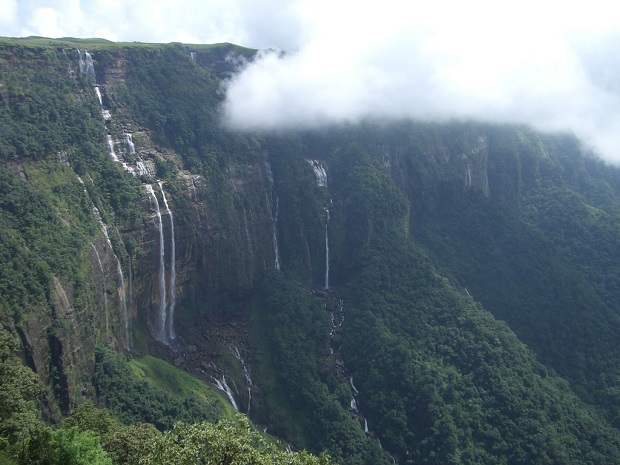
The Diverse Tribes of Meghalaya
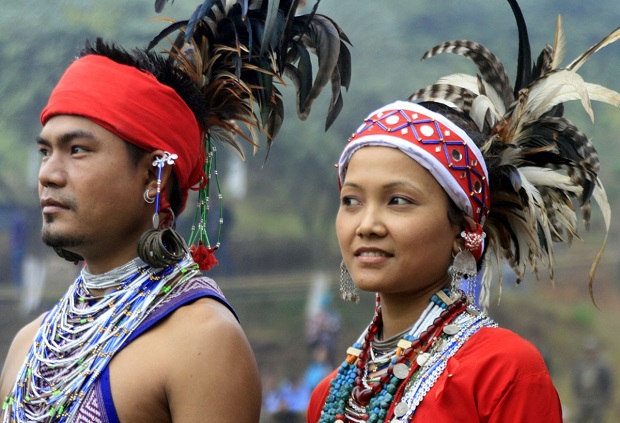
Meghalaya is home to three main tribes: the Khasis, the Garos, and the Pnars or Jaintias.
- Khasis: The largest tribe with sub-tribes like the Bhois, Khynriams, and Wars. They are scattered across the state.
- Garos: Known as the Achik-Mande, they descend from the Bodo family of the Tibeto-Burman race and live in the Garo Hills.
- Jaintias: Considered part of the Khasi community, they descend from the Mongoloids, unlike the Khasis who are Mon-Khmer descendants.
Vibrant Traditional Attire
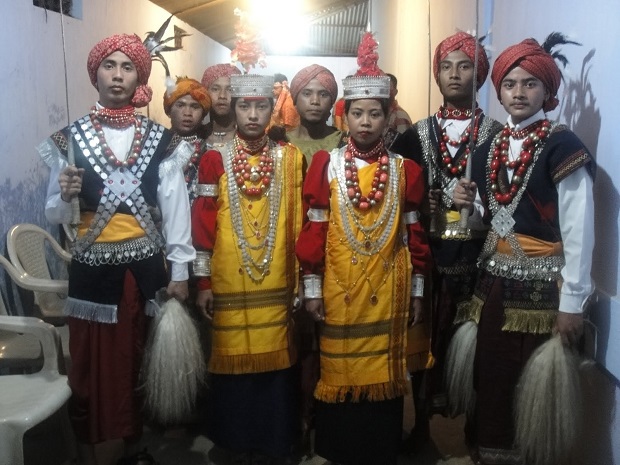
The people of Meghalaya wear colorful and unique clothing.
- Khasis: Men wear a sleeveless coat called “Jymphong,” and women wear cylindrical pieces of clothing.
- Garos: In densely populated areas, women wear long cotton dresses with a blouse called the “Dakmanda.” In remote areas, they wear a simple garment called “eking.” The “Endi shawl,” made from silk, is a famous clothing item.
Both men and women adorn themselves with gold and silver jewelry, and during ceremonies, they wear crowns with spikes representing bird feathers.
Unique Cuisine
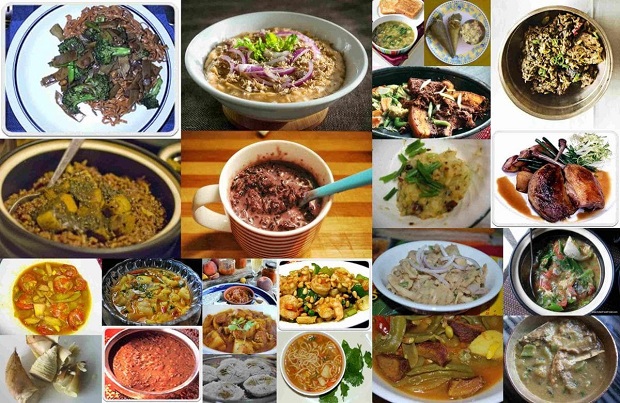
The tribes of Meghalaya have distinct culinary traditions.
- Khasis and Garos: Their staple food is rice, often paired with fish and meat. They also ferment rice to make a local alcoholic drink called “Kyat.”
- Special Dishes:
- Jadoh: Red rice cooked with pork.
- Doh-Khileh: Salad made with pork, onions, and chilies.
- Doh-Neiiong: Fried pork in a thick, spicy gravy.
- Nakhom: Dried fish with rice, flavored with coriander, onions, and chilies.
Matriarchal Society
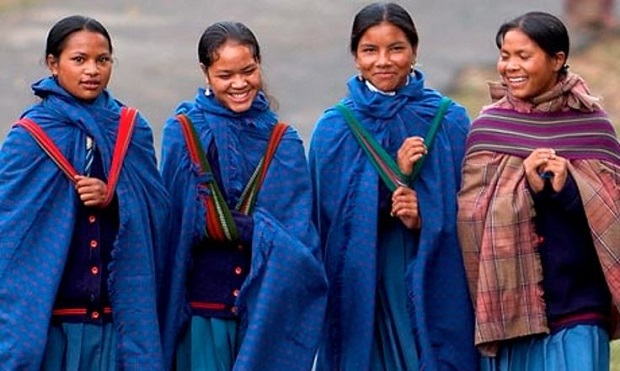
Meghalaya follows a matriarchal system, where family lineage and property are passed down through the women, usually the youngest daughter. Children often take their mother’s surname. This system empowers women but sometimes causes insecurity among men.
Bachelor Dormitories
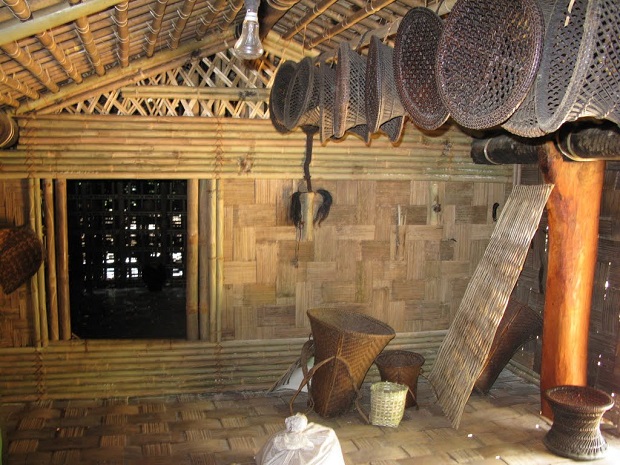
Each tribe has dormitories for unmarried males and females, though this tradition is fading. For example, the Khasi have the “Iing Khynraw” for young men, and the Garos have the “Nokpante.”
Marriage Customs
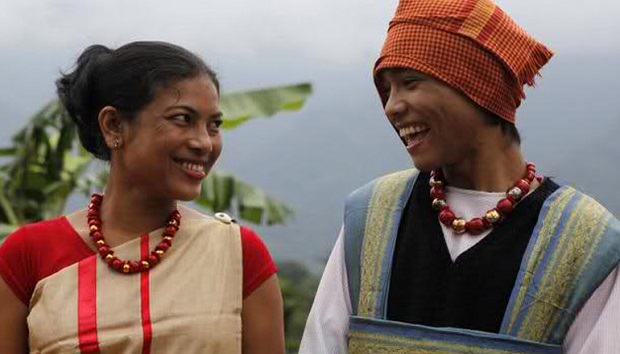
Marriages within the same clan are forbidden, and couples need parental approval. There is no dowry system; instead, couples exchange rings or betel nuts.
- Garo Marriages:
- Nokrom Marriage: The man marries the family’s heiress and lives in her home.
- Agate Marriage: The couple lives with the wife’s family for a year or two before moving to the husband’s village.
Khasis also enjoy freedom in choosing their partners, with parental approval. Marriages in Meghalaya are flexible, allowing couples to separate if needed and return to their families.
Socio-Economic Status
Despite its natural beauty, Meghalaya faces challenges as its people adopt modern lifestyles without considering the consequences. It’s crucial for the locals to preserve their ancient cultures and traditions, ensuring the state’s unique essence remains untouched by modern issues.
Meghalaya’s enchanting culture, stunning landscapes, and resilient traditions make it a truly remarkable place. Embracing and preserving this heritage is key to maintaining its spellbinding beauty.